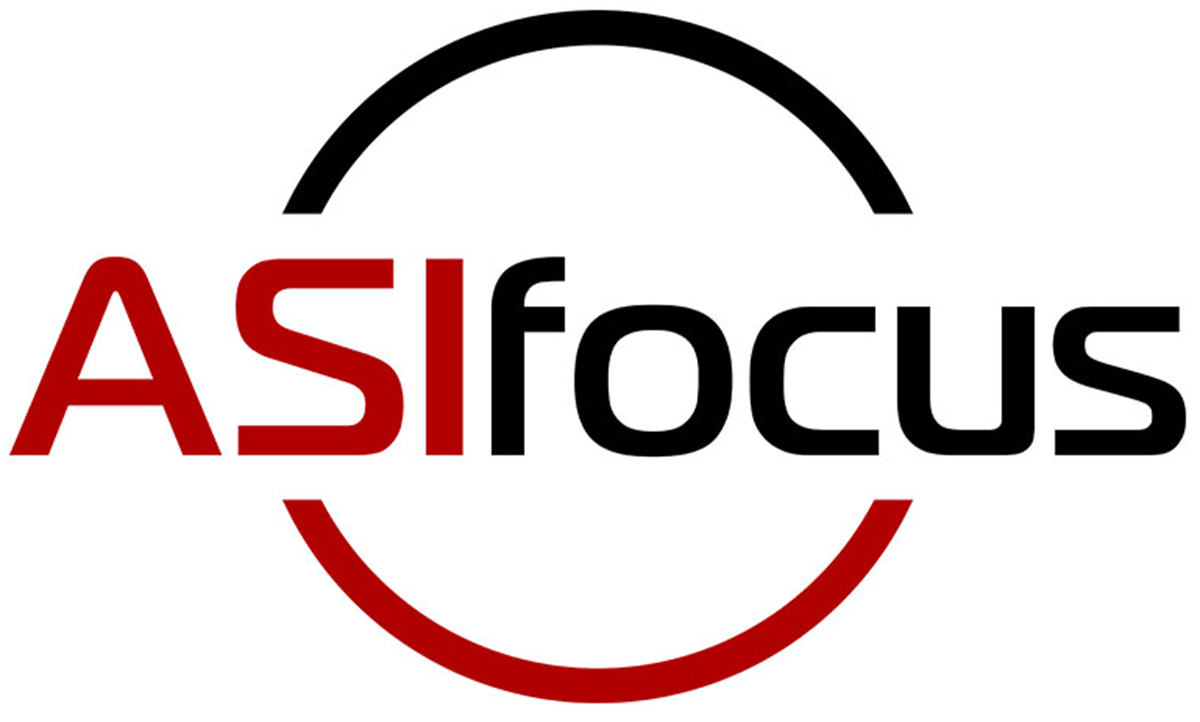When it comes to managing finances, general accounting is about seeing the big picture—tracking business-wide costs and revenue to ensure tax compliance, satisfy investors, and guide decision-making. But in the construction industry, where every project has its own budget and moving parts, that broad approach isn’t enough.
Enter job cost accounting: a specialized method of tracking expenses and revenue for individual projects. It’s the secret sauce that helps contractors understand exactly where their money is going, spot inefficiencies, and maximize profitability. Whether you’re a construction professional, accountant, or project manager, mastering job cost accounting can make all the difference in the success of your projects.
In this guide, we’ll break down what job cost accounting is, why it’s so critical in construction, and how you can implement it effectively with the right tools and strategies.
What is Job Cost Accounting for Construction?
Construction projects are complex. Each one comes with its own requirements for location, materials, labor, and equipment—all of which need to be tracked to keep the budget on point.
Job cost accounting (sometimes called project accounting in other industries) gives you a detailed, project-by-project view of your expenses. Instead of lumping all costs together, it breaks them down so you can see exactly what you’re spending on labor, materials, equipment, and overhead. This transparency helps create realistic budgets, identify waste, and ensure projects remain profitable.
Key Components of Job Cost Accounting
To get the most out of job cost accounting, it’s important to understand its building blocks. A construction project begins with gathering details from the client and creating a cost estimate, which forms part of the project’s bid package. This bid package includes the total cost to complete, contracts, budgets, sub-jobs, and a schedule of values.
Here are the main cost categories included in job cost accounting:
- Direct Costs
- Equipment rentals, utilities, temporary office structures, project-related salaries
- Indirect Costs (Overhead)
- Insurance, office space, marketing, and employee expenses not tied to a single project
- Labor
- Wages for employees and subcontractors, plus administrative labor costs
- Materials
- Items like lumber, steel, concrete, and plumbing fixtures
- Equipment
- Costs for machinery like excavators, cranes, and bulldozers
Together, these components help you estimate the total cost to complete a project and serve as the foundation of job cost accounting.
Why Job Cost Accounting Matters in Construction
1. Budgeting and Cost Control
A well-prepared project budget is a construction manager’s best friend. It sets clear spending guidelines, ensures resources are allocated wisely, and allows you to track actual costs against the budget.
When your cost estimates are accurate and you stick to the plan, the project stays profitable—boosting your company’s reputation and strengthening relationships with clients. Job cost accounting provides the insights you need to avoid overruns and deliver successful projects every time.
2. Profitability Analysis
Understanding whether a project will be profitable (or not) starts with accurate cost estimates. Job cost accounting allows you to analyze historical data from similar projects to create precise estimates for labor, materials, and equipment.
By comparing estimated costs with actual expenses, you can:
- Evaluate a project’s profitability.
- Determine if it’s worth moving forward with certain jobs.
- Improve future bids to ensure you’re maximizing revenue.
In short, job cost accounting helps you make smarter decisions that protect your bottom line.
Types of Accounting Used in Construction
In construction, two types of accounting work hand-in-hand:
- General Financial Accounting: This tracks business-wide finances—managing cash flow, analyzing performance, and supporting daily decisions.
- Job Cost Accounting: This focuses on individual projects, providing detailed insights into costs, profitability, and progress.
Together, they give business leaders and project managers a complete picture of both their company’s overall financial health and the performance of each job. But to fully realize the benefits, you need the right tools in place.
Best Practices for Implementing Job Cost Accounting
1. Choose the Right Accounting Software
Many businesses start with basic, standalone accounting tools for job costing. While these solutions work for small firms with simple needs, they often fall short as projects grow in complexity. That’s where a more robust solution, like an enterprise resource planning (ERP) system, becomes essential.
Acumatica Construction Management Software is a great example of an ERP that integrates job cost accounting with other business processes. It provides real-time insights and serves as a single source of truth for project budgets, financials, operations, and customer relationships. With Acumatica, you can:
- Track labor, materials, and equipment costs in real time.
- Monitor project performance from anywhere, on any device.
- Streamline operations for both field and office teams.
By centralizing your data and processes, you can make faster, smarter decisions that keep projects on track and under budget.
2. Invest in Training and Process Integration
Even the best software is only as effective as the team using it. That’s why training is a crucial part of implementing job cost accounting. Make sure your team understands how to apply job cost principles and use the tools at their disposal to integrate accounting into existing workflows seamlessly.
With proper training and support, your business will be able to:
- Reduce manual errors.
- Improve efficiency across departments.
- Maximize the return on your software investment.
Conclusion
Job cost accounting isn’t just a best practice in construction—it’s a necessity. By breaking down project expenses and tracking costs in real time, construction businesses can stay on budget, make informed decisions, and boost profitability.
Implementing the right tools makes all the difference. With Acumatica’s cloud-based ERP and native job costing features, you can effortlessly capture labor, material, and equipment costs, produce accurate bid packages, and build stronger client relationships.
Ready to streamline your job cost accounting and take control of your projects? ASI is here to help. Contact us or schedule your free consultation to discover how Acumatica can be tailored to your business needs.

